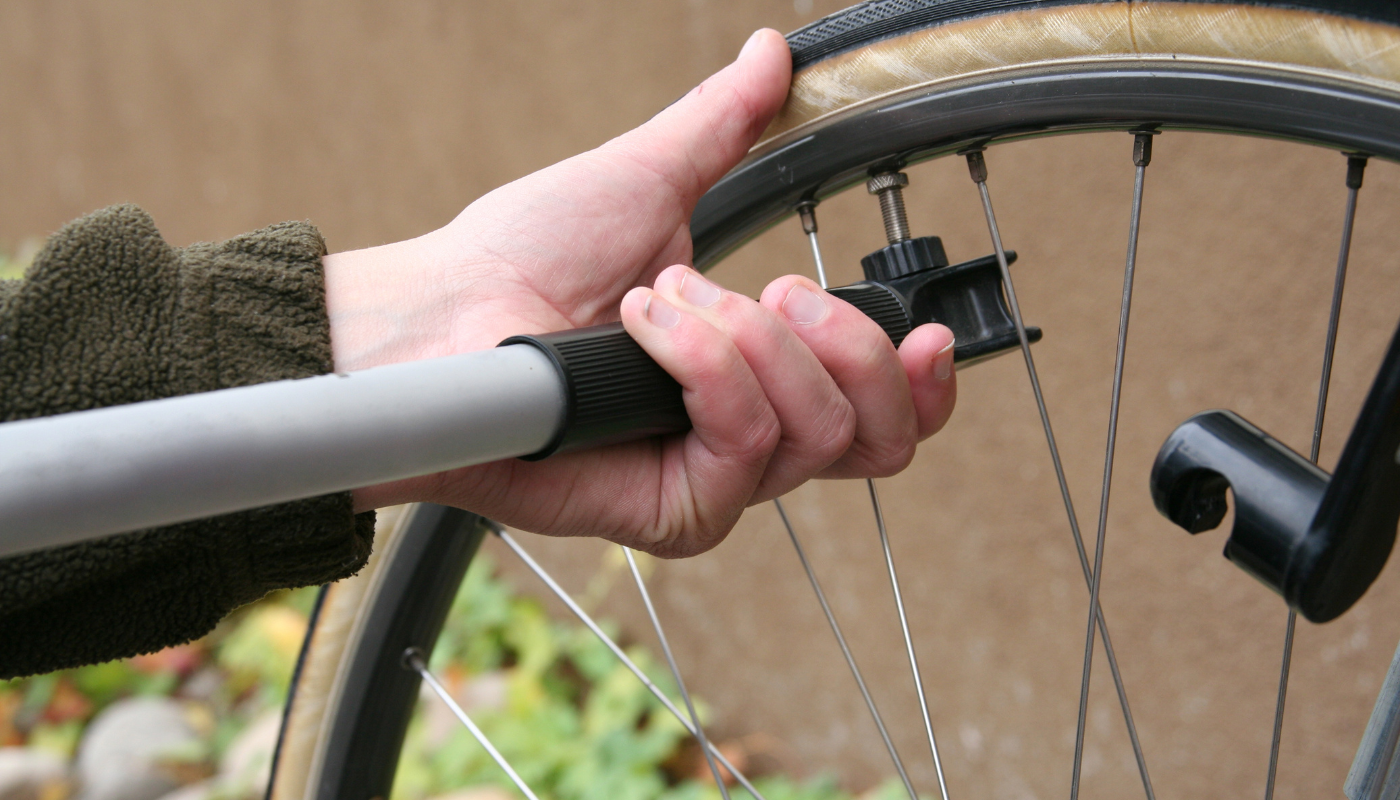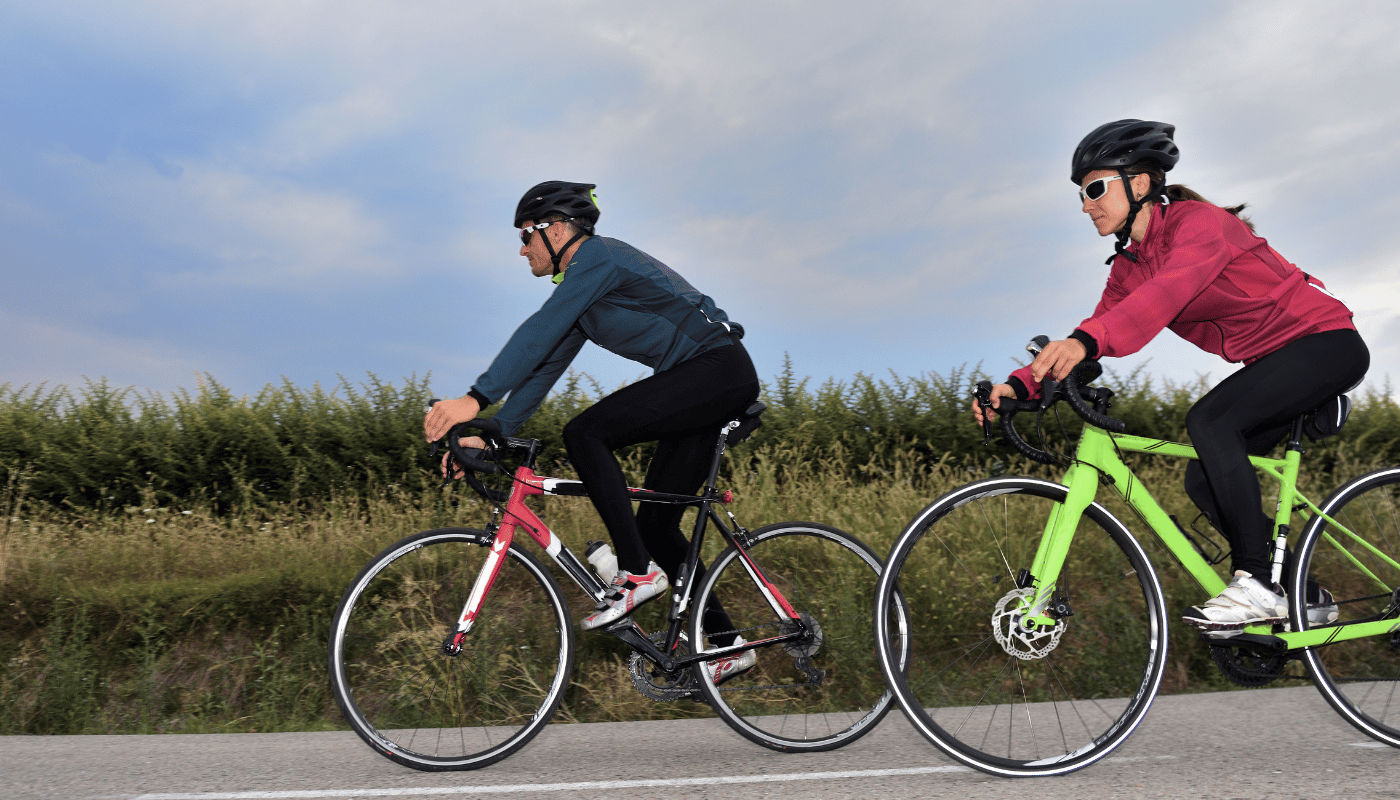Filling your bicycle’s tires with air might seem straightforward, but using a bicycle pump efficiently requires a bit of know-how. Whether you’re a seasoned cyclist or new to the biking world, mastering the art of pumping your tires can make a significant difference in your ride’s quality and longevity. In this guide, we’ll unveil the steps and tips to use a bicycle pump effectively, ensuring you’re always ready to hit the road or trail with confidence.
Selecting the Right Bicycle Pump
Choosing the perfect bicycle pump is a crucial step in ensuring your bike’s tires are always ready for the ride. The right pump not only makes inflating your tires easier but also extends the life of your tires by providing accurate pressure. There are primarily two types of pumps to consider: floor pumps and hand pumps. Floor pumps offer a robust solution for home use with their long hoses, stable bases, and larger air chambers, making inflating tires a breeze. On the other hand, hand pumps are compact and portable, designed for on-the-go emergencies but require more effort due to their smaller size.
When selecting a bicycle pump, consider the valve type of your bike tires. The two common valve types are Presta and Schrader, and many pumps come with dual or interchangeable heads to accommodate both. Additionally, the maximum pressure your pump can achieve is important, especially for road bikes that require higher PSI levels. Look for a pump with a pressure gauge to ensure accurate inflation.
Another aspect to consider is the build quality and ergonomics of the pump. A durable pump with a comfortable handle and a solid base will serve you better in the long term. Some pumps also feature additional functionalities like pressure release valves for precise pressure adjustments.
| Type | Best For | Key Feature |
|---|---|---|
| Floor Pump | Home Use | High Volume, Stability |
| Hand Pump | Emergency Use | Portability, Lightweight |
| CO2 Inflator | Quick Inflation | Speed, Compactness |
| Track Pump | Professional Use | Accuracy, High Pressure |
| Mini Pump | On-the-Go Repairs | Ultra-Portable, Easy to Carry |
Understanding how to work a bike pump and how to use a hand pump bike is essential for cyclists of all levels. The process involves attaching the pump to the tire’s valve, locking it in place, and pumping air until the desired pressure is reached. For those new to cycling, using a bike pump may seem daunting at first. However, most bike pump instructions are straightforward and easy to follow. Whether it’s a floor pump or a hand pump, the mechanism is generally the same: extend the handle to draw air into the chamber and press down to push air into the tire. Ensuring your tires are adequately inflated will not only provide a smoother ride but also prevent tire damage and increase efficiency.
Remember, a well-chosen bicycle pump is an investment in your biking experience. It not only facilitates easy tire inflation but also contributes to your bike’s maintenance and performance. Whether you’re at home or on the road, understanding how to select and use the right bicycle pump can make a significant difference in your cycling adventures.
Connecting the Pump to Your Bicycle
When it comes to using a bicycle pump, the first step is connecting the pump to your bike. This process is crucial for ensuring that you can properly inflate your tires and get back on the road quickly. To begin, locate the valve on your bike tire. There are typically two types of valves on bicycles: Presta and Schrader valves. Make sure you know which type of valve your bike has before proceeding.
Once you have identified the valve type, it’s time to attach the pump. For Presta valves, you will need to unscrew the top nut to reveal the valve. Press the pump head onto the valve firmly and lock it in place by flipping the lever. For Schrader valves, simply press the pump head onto the valve and lock it in place by flipping the lever. Ensure that the connection is secure before proceeding to inflate your tire.
- Identify the valve type on your bike tire (Presta or Schrader).
- Unscrew the top nut for Presta valves.
- Press the pump head onto the valve firmly.
- Lock the pump head in place by flipping the lever.
- Ensure a secure connection before inflating your tire.
Knowing how to work a bike pump and how to use a hand pump bike are essential skills for any cyclist. By following these simple steps and connecting the pump to your bicycle correctly, you can ensure that your tires are properly inflated and ready for your next ride. Remember to always refer to the bike pump instructions that come with your specific pump to ensure safe and effective use.
Pumping Air into the Tires
When it comes to maintaining your bike, knowing how to work a bike pump is essential. Whether you are using a hand pump bike or a floor pump, the process is quite similar. To begin, ensure that the pump head is securely attached to the valve on the tire. Next, start pumping the handle up and down to inflate the tire. Keep an eye on the pressure gauge to ensure you are reaching the recommended PSI for your specific tires.
Remember to refer to the bike pump instructions that came with your pump to ensure you are using it correctly. It is also important to check the condition of your tires regularly to prevent any potential issues while riding. By following these simple steps and incorporating regular maintenance into your routine, you can ensure a smooth and safe biking experience every time.
- Check the tire pressure before each ride
- Inspect the tires for any signs of wear or damage
- Keep your pump clean and well-maintained
- Store your pump in a dry and cool place
- Practice proper pumping technique to avoid damaging the valve
Detaching the Pump Safely
Understanding how to work a bike pump is crucial for any cyclist, but equally important is knowing how to detach it safely from your bike’s tire valve. This step is often overlooked, which can lead to damage to both the pump and the tire valve. Whether you’re using a hand pump or a floor pump, the process requires care and precision. The first step is to ensure that you have stopped adding air and that the pressure gauge is not actively rising. This might seem obvious, but it’s a critical point that ensures you’re not pulling against air pressure when detaching the pump.
When it comes to how to use a hand pump bike or a floor pump, the detachment process might slightly vary. However, the general principle remains the same: gently but firmly unscrew or pull the pump head away from the valve. It’s important to support the valve with one hand while you’re doing this to prevent it from bending or breaking. If you’re using a bike pump with a locking lever, ensure that you flip the lever back to its original position before attempting to remove the pump head. This releases any remaining pressure and makes it easier to detach the pump without damaging the valve.
For those looking for detailed bike pump instructions, remember that each pump model might have specific detachment steps. Always refer to your pump’s manual for the most accurate guidance. However, the general tips provided here should apply to most scenarios and help you avoid common mistakes.
Further Insights on Detaching Your Bike Pump Safely
Detaching your pump safely not only prolongs the life of your bike pump but also ensures your tire valves are not subjected to unnecessary stress. This simple step is a cornerstone of proper bike maintenance and should be practiced diligently.
| Step | Action | Detail |
|---|---|---|
| 1 | Stop Pumping | Ensure air is no longer being pumped into the tire. |
| 2 | Support Valve | Hold the valve steady with one hand. |
| 3 | Unlock Lever | Flip the pump’s lever to its original position. |
| 4 | Detach Pump | Gently remove the pump head from the valve. |
| 5 | Check Valve | Ensure the valve is not damaged and is closed properly. |
Maintenance Tips for Bicycle Pumps
Maintaining your bicycle pump is crucial for ensuring its longevity and functionality. Whether you’re figuring out how to work a bike pump, using a bike pump for the first time, or are experienced in how to use a hand pump bike, these tips will help you keep your pump in top condition. First and foremost, always keep your pump clean. Dirt and debris can cause the internal mechanisms to wear out more quickly. After each use, especially if you’ve been out on muddy trails, wipe down the pump with a damp cloth.
Another key aspect of maintenance is regularly checking for air leaks. When using a bike pump, listen for any unusual sounds that might indicate air is escaping from connections or the hose. This is often overlooked but is crucial in understanding bike pump instructions and ensuring your pump works efficiently. Additionally, lubricate the pump’s moving parts periodically. A drop of oil on the piston and the hose connectors can prevent rust and make the pump action smoother, making it easier to reach the desired pressure with minimal effort.
Lastly, always ensure the pump’s head and valves are compatible with your bike’s tires. Using the wrong type can damage both the pump and the tire valve, leading to poor performance or even accidents. If your pump comes with interchangeable heads or adaptors, keep them clean and switch them out according to the tire you’re inflating.
| Type of Pump | Usage Frequency | Maintenance Required |
|---|---|---|
| Hand Pump | Weekly | Clean exterior, check for leaks, lubricate moving parts |
| Floor Pump | Monthly | Check for air leaks, clean hose and valve heads |
| CO2 Inflator | As needed | Check cartridge compatibility, inspect for damage before use |
| Electric Pump | Bi-monthly | Ensure electrical components are dry and clean, update software if applicable |
| Mini Pump | After each ride | Wipe down, inspect for wear, and store properly |
In conclusion, proper maintenance of your bicycle pump not only extends its life but also ensures it works efficiently when you need it. Whether you’re learning how to use a hand pump bike or following detailed bike pump instructions, remember that the care you give your tools reflects the quality of your cycling experience. Keep these tips in mind, and happy cycling!



